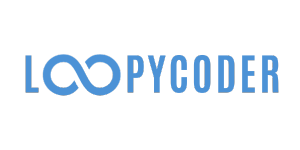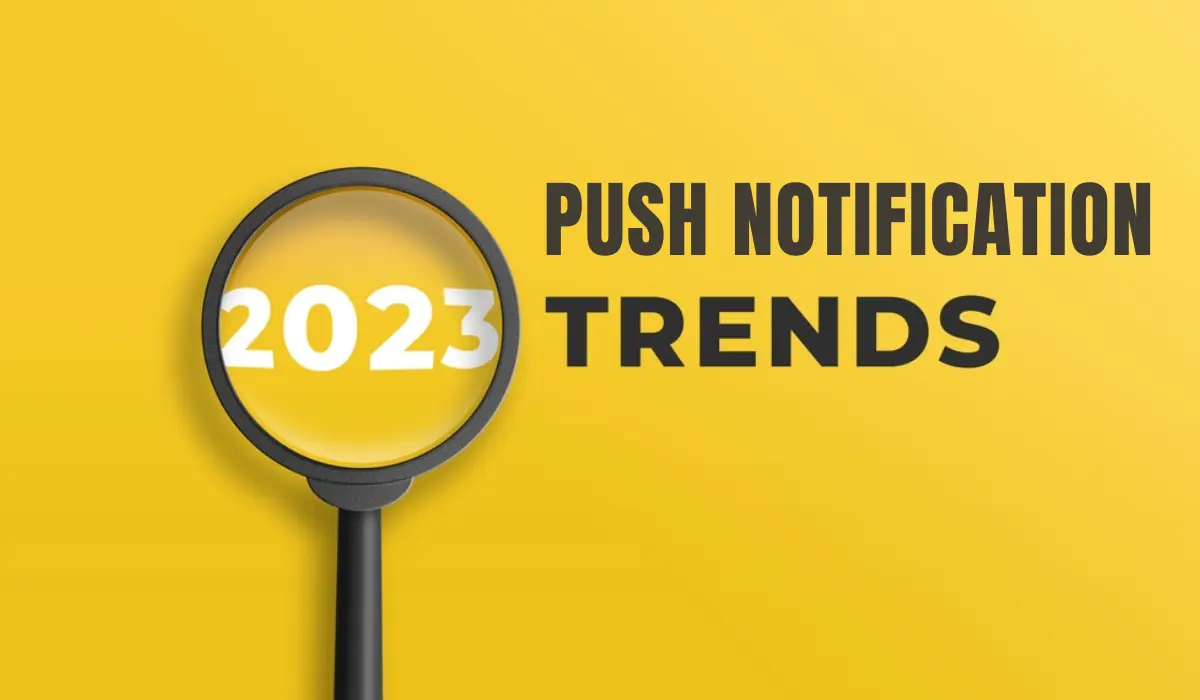Digital presence is integral to the success of businesses, push notifications have emerged as a powerful tool to engage and retain users. They serve as direct communication channels between businesses and consumers, helping to increase app usage, boost customer engagement, and drive conversions.
However, the landscape of push notifications is constantly evolving, and strategies that worked in the past may not necessarily deliver the same results in the future.
As we venture into 2023, a host of new trends are set to redefine the push notification game. These changes are driven by advanced technologies, consumer behavior shifts, and growing regulatory concerns. From AI-driven notifications that learn from user behavior to hyper-personalized messages that cater to individual preferences, the scope for innovation is vast.
Additionally, emerging strategies like advanced user segmentation, rich media, and interactive push notifications present exciting opportunities for businesses to connect with their audience in more meaningful and engaging ways.
However, as with any powerful tool, the key to leveraging push notifications effectively lies in understanding these trends and integrating them into your marketing strategy. This guide will delve into the most promising push notification trends of 2023, offering insights into how businesses can harness their potential for improved engagement and return on investment. Let’s dive in and explore the future of push notifications.
Some of The Push Notification Trends in 2023
AI-Driven Push Notifications
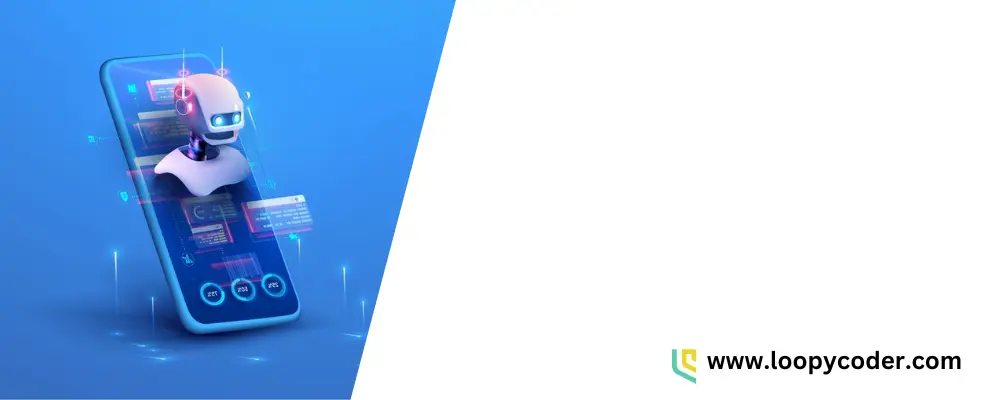
Artificial Intelligence (AI) has been a game-changer across numerous industries, and the realm of push notifications is no exception. AI-driven push notifications are changing the way businesses interact with users, ushering in a new era of personalized and effective communication.
AI-driven push notifications leverage machine learning algorithms to analyze vast amounts of user data. This analysis can include user behaviors, preferences, historical interactions, location, and time zone, among other factors.
By using this data, AI can determine the optimal time to send a notification to each individual user, increasing the chances of user engagement. It can also help tailor the content of the notification to match the user’s interests and preferences, making each notification more relevant and impactful.
One of the key benefits of using AI in your push notification strategy is improved efficiency and accuracy. No longer do you need to rely on guesswork or broad demographic data. Instead, AI allows for highly personalized communication at scale.
However, there are potential challenges to consider as well. Data privacy concerns are at the forefront, and businesses must ensure that they use and store user data responsibly, adhering to all relevant regulations.
Several brands have already begun harnessing the power of AI-driven push notifications with impressive results. For instance, [Brand X] saw a significant boost in click-through rates and user engagement after implementing an AI-driven push notification strategy. This demonstrates how an intelligent, data-driven approach can create more meaningful and successful interactions with users.
As we move into 2023, the role of AI in push notifications is expected to grow even more prominent. Businesses that adapt to this trend and invest in AI-driven strategies are likely to see improved user engagement, retention, and overall return on investment. The future of push notifications is intelligent, personalized, and driven by AI.
Hyper-Personalized Push Notifications
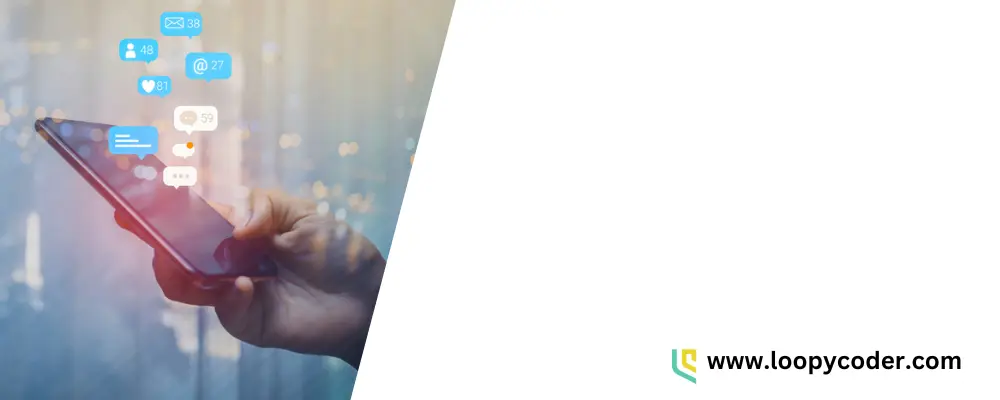
Hyper-personalization takes personalization to the next level, by leveraging data and machine learning algorithms to deliver more relevant and individualized messages to users. This trend is fast becoming a cornerstone in the push notification strategies of forward-thinking businesses.
Hyper-personalized push notifications are not just about addressing users by their names. They involve delivering content that’s highly relevant to each individual user, based on their behavior, preferences, and real-time context. This can involve personalizing notification copy, using personalized product recommendations, or timing notifications based on individual user behavior.
The benefits of hyper-personalization in push notifications are significant. Personalized messages resonate better with users, leading to increased click-through rates and engagement. More importantly, they make users feel valued and understood, which can significantly improve user satisfaction and loyalty.
Implementing hyper-personalization in push notifications involves careful planning and data analysis. You need to collect and analyze a wide range of user data points, from in-app behavior and purchase history to location and device type. AI and machine learning technologies can play a significant role here, helping you process large volumes of data and generate actionable insights for personalization.
A notable example of hyper-personalized push notifications done right is [Brand Y]. By delivering notifications that were tailored to each user’s browsing history and preferences, [Brand Y] managed to increase its click-through rates and drive significant improvements in user engagement and sales.
Hyper-personalization is poised to become an even bigger trend in push notifications in 2023. Businesses that are able to harness this trend and deliver highly personalized notifications will be in a better position to engage their users and drive growth. Therefore, investing in hyper-personalized push notifications is not just a nice-to-have it’s a must for any business looking to succeed in the digital space.
Advanced User Segmentation
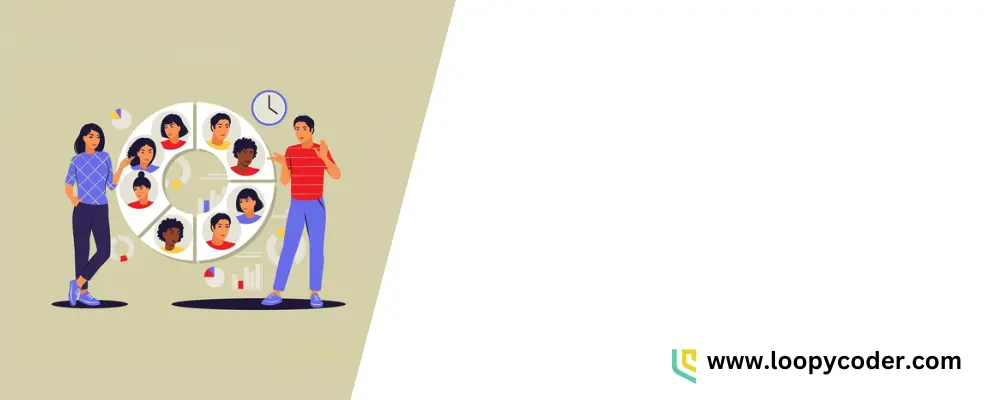
User segmentation has always been an integral part of effective push notification strategies. However, as technology evolves and user data becomes more detailed and plentiful, we’re witnessing a shift towards more advanced user segmentation techniques.
Advanced user segmentation involves grouping users based on a wide range of parameters, not just basic demographic information. These parameters can include user behavior, preferences, lifecycle stage, in-app activity, and even predictive metrics like likelihood to churn or potential lifetime value. The aim is to understand users on a deeper level and create segments that are as granular and specific as possible.
There are several benefits to this advanced approach. By understanding your users more comprehensively, you can craft push notifications that are much more relevant and engaging. Advanced segmentation allows for a higher level of personalization, ensuring that the right message reaches the right user at the right time. This can significantly improve click-through rates, user engagement, and ultimately, business outcomes.
Implementing advanced user segmentation requires a robust data infrastructure and the right tools. You need to be able to collect, analyze, and manage a vast amount of user data, and use this data to create and manage complex user segments. Machine learning technologies can play a crucial role here, helping you make sense of the data and generate meaningful segments.
There are several examples of brands leveraging advanced user segmentation to enhance their push notification strategies. [Brand Z], for instance, uses detailed behavioral data to create specific user segments and deliver highly targeted push notifications. This approach has led to significant improvements in user engagement and retention.
As we look forward to 2023, advanced user segmentation is set to become even more important in push notification strategies. Businesses that can harness the power of this trend will be able to create more engaging and effective notifications, driving improved results across the board. Therefore, investing in advanced user segmentation is an absolute must for businesses looking to stay ahead in the digital landscape.
Rich Media Push Notifications
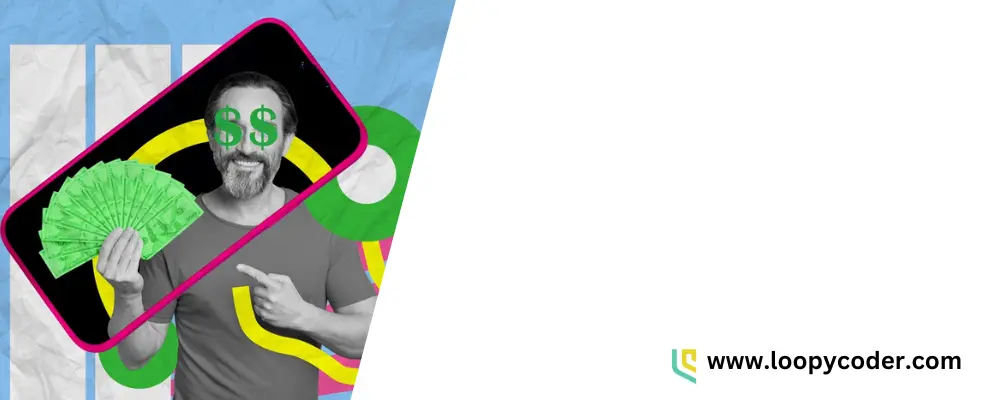
As businesses seek to capture user attention in an increasingly competitive digital landscape, rich media push notifications are rapidly gaining traction. Going beyond simple text messages, these notifications incorporate elements such as images, videos, audio, interactive buttons, and even customized sounds to create a more engaging user experience.
Rich media push notifications are particularly powerful because they cater to the human tendency towards visual information. The inclusion of multimedia elements makes these notifications more attention-grabbing and can significantly boost user engagement. For instance, an e-commerce app could include an image of a product on sale, or a music app could include a short preview of a new song.
Different types of rich media cater to different user preferences and campaign goals. Images and GIFs can be used to create visually appealing notifications, while videos can provide a more immersive experience. Interactive elements, such as buttons or sliders, can drive user action directly from the notification, enhancing user convenience and improving conversion rates.
However, using rich media in push notifications requires careful consideration. It’s crucial to ensure that the media adds value to the user and is appropriate for the notification context. Additionally, media files must be optimized to ensure they do not consume too much data or slow down the user’s device.
Successful implementation of rich media push notifications can significantly boost user engagement. For instance, [Brand A] incorporated images into their push notifications and reported a considerable increase in click-through rates.
As we look ahead to 2023, the trend of rich media push notifications is expected to grow exponentially. Businesses that can effectively incorporate rich media into their push notification strategies will have a significant advantage in capturing user attention and driving engagement. The future of push notifications is not just personalized, but vivid and interactive, providing users with a richer and more engaging experience.
Interactive Push Notifications
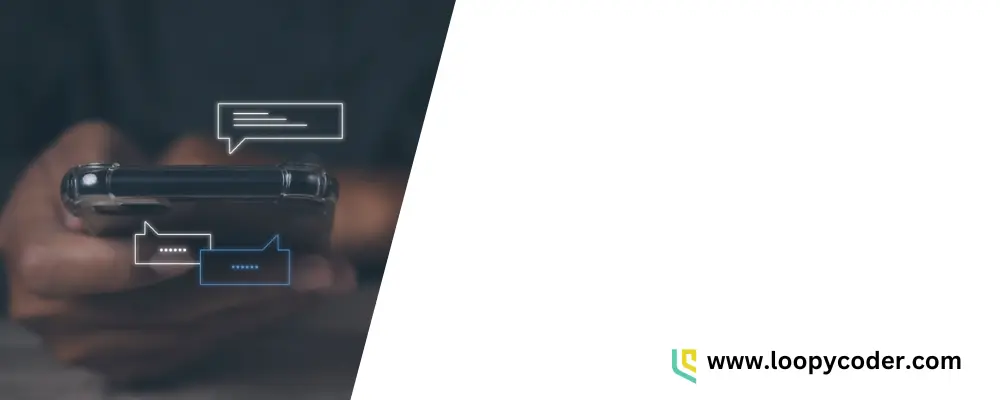
As the digital landscape evolves, businesses are constantly exploring new ways to engage users and improve their experience. One such emerging trend is interactive push notifications. These are push notifications that not only deliver a message but also allow users to take action directly from the notification itself.
Interactive push notifications can include various types of interactions, such as buttons to reply to a message, sliders to rate a service, or even options to snooze or dismiss a notification. The primary aim is to provide users with a more engaging and convenient experience, enabling them to interact with the notification without having to open the app.
The benefits of interactive push notifications are numerous. They can help increase user engagement, as users are more likely to interact with a notification if they can do so quickly and conveniently. They can also help improve user retention, as the ability to interact directly with notifications can make users feel more connected to the app. Furthermore, the data gathered from these interactions can provide valuable insights into user behavior and preferences.
However, implementing interactive push notifications also involves challenges. It requires careful design to ensure that the interactions are intuitive and seamless. Also, the actions provided should be relevant and useful to the user, and should align with the overall purpose of the notification.
Several businesses have already begun to explore the potential of interactive push notifications. For example, [Brand B] introduced options to reply and react to messages directly from their push notifications, resulting in a significant increase in user engagement.
Looking ahead to 2023, interactive push notifications are expected to become a dominant trend. As businesses strive to provide more engaging and convenient experiences, those that can effectively integrate interactive elements into their push notifications will have a significant edge. The future of push notifications is not just about delivering messages, but enabling meaningful and convenient interactions.
Privacy Considerations and Regulations

As push notifications continue to evolve and become more sophisticated, it’s crucial for businesses to remain aware of privacy considerations and regulatory requirements. User privacy is a significant concern in the digital world, and with the increasing volume of personal data being collected and processed, maintaining user trust is paramount.
In many regions, there are specific regulations governing the use of personal data, including the data used for push notifications. For instance, the General Data Protection Regulation (GDPR) in the European Union, the California Consumer Privacy Act (CCPA) in California, and the Personal Data Protection Act (PDPA) in Singapore all impose strict rules on how personal data can be collected, used, and stored.
One of the key requirements of these regulations is obtaining user consent. Before you can send push notifications to a user, you must first obtain their explicit consent. This typically involves providing clear information about what the notifications will entail, and giving users the option to opt-in or opt-out at any time.
Furthermore, businesses must ensure that the data used for push notifications is handled securely. This includes implementing secure data storage and processing practices, and ensuring that any third-party service providers also adhere to strict security standards.
Businesses also need to consider the ethical aspects of push notifications. While push notifications can be a powerful marketing tool, they should not be used to spam or harass users. Notifications should be timely, relevant, and respectful of the user’s time and attention.
As we move into 2023, privacy considerations and regulatory compliance will continue to be a major focus for businesses using push notifications. By ensuring that their push notification strategies are compliant and respectful of user privacy, businesses can maintain user trust and prevent potential legal issues.
The world of push notifications is exciting and dynamic, but it’s crucial for businesses to navigate it with a keen understanding of privacy regulations and a strong commitment to user privacy. This will be the key to building successful push notification strategies that not only drive engagement but also respect and protect the user’s rights.
Conclusion
Push notifications have come a long way since their inception, evolving from simple text messages to dynamic and interactive communication tools. As we head into 2023, the landscape of push notifications continues to change, with new trends emerging that are set to redefine how businesses engage with users.
AI-driven and hyper-personalized push notifications are leveraging user data and machine learning to deliver highly targeted and relevant messages. Advanced user segmentation is helping businesses understand their users better and create more granular and effective communication strategies.
The integration of rich media and interactive elements is making push notifications more engaging and user-friendly. And amid all these advances, a keen focus on privacy considerations and regulatory compliance remains critical.
Adapting to these trends and integrating them into your marketing strategy will be key to leveraging the power of push notifications effectively. While it might require investment in new technologies and a shift in approach, the potential benefits in terms of user engagement, retention, and conversion make it a worthwhile endeavor.
As we navigate the future of push notifications, one thing is clear: The success of your push notification strategy will hinge not just on leveraging the latest trends, but also on understanding your users and respecting their privacy.
Businesses that can strike this balance will be well-positioned to drive meaningful engagement and grow in the increasingly competitive digital landscape. The future of push notifications is here, and it’s smarter, more personalized, and more engaging than ever.
